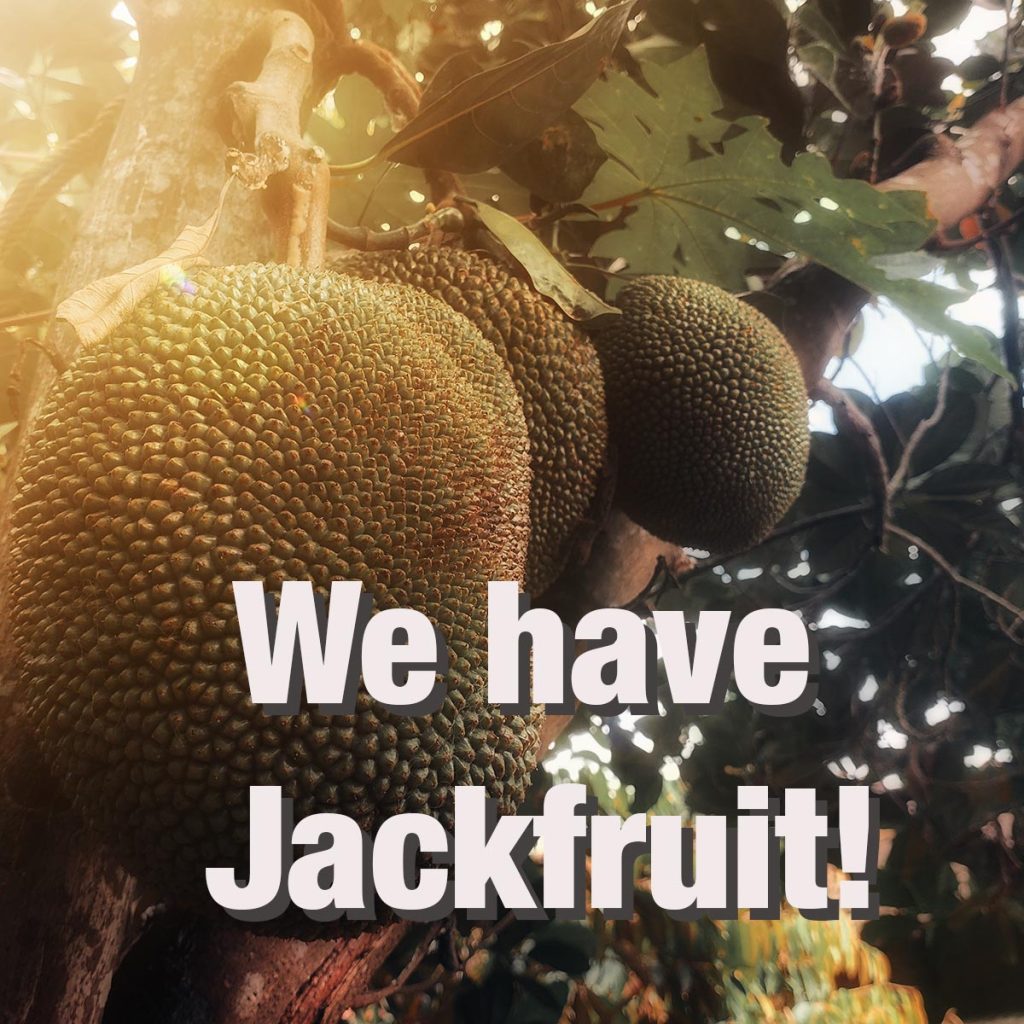Guaiacum sanctum (Holywood Lignum vitae)
Most people know Guaiacum sanctum simply as ‘Lignum vitae,’ but its true recognized common name is actually ‘Holywood Lignum vitae.’ The basic two-word term Lignum vitae is somewhat misleading, because it applies not only to G. sanctum, but also to other species of Guaiacum. G. officinale is the Roughbark (or Common) Lignum vitae. ‘Lignum vitae’…
Read more
